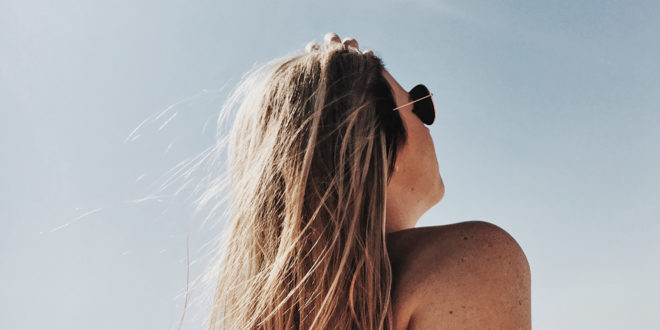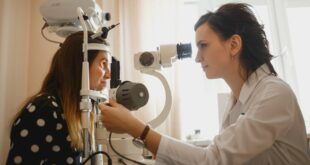For about 20% of the U.S. population, shorter daylight leaves them with feelings of sadness and hopelessness and losing interest in activities that they would normally find pleasurable. People with SAD tend to feel the need to sleep more during winter. In one study, published in the Journal of Psychosomatic Research, patients at a SAD clinic averaged about 7.5 hours of sleep in the summer, 8.5 hours in the spring and fall, and nearly 10 hours in winter.
And daylight savings time doesn’t help, since darker mornings are particularly difficult for those with SAD.
Of course, sadness may actually come from real life situations, so if your blue spell lasts for a week or less, then don’t worry. But, if you experience symptoms every day for at least two weeks, it’s a sign of depression. If you only feel this way during the fall and winter, it may be a sign of SAD.
Symptoms of SAD
The following are some of the symptoms of seasonal affective disorder:
Irritability: Research suggests that people with SAD are significantly more irritable than healthy individuals.
Carb cravings: SAD can produce a strong craving for complex carbohydrates.
Difficulty concentrating: SAD has been known to affect a range of mental processes, including concentration, speaking ability, and memory.
Loss of interest in sex: This is a common symptom among people with SAD and depression alike.
To counteract symptoms, spend plenty of time in the sun. It takes two or three days of bright sunshine to reverse symptoms. Short of taking a Hawaiian vacation or moving to Florida, Arizona or California, there are other ways to get relief. Several brands of light therapy boxes (also referred to as bright light therapy or phototherapy) can be purchased. These lights work by stimulating the brain from light reaching our retinas through our eyes, not from exposure of the light to our skin.
Dee Litten Whited writes from Virginia.
© 2002 - 2025, AnswersForMe.org. All rights reserved. Click here for content usage information. Answers for Me Support & encouragement for every-day life
Answers for Me Support & encouragement for every-day life



